Introduction
As pet lovers and stewards of our environment, we are often faced with the challenge of balancing the care of our furry friends with the impact their care has on our planet. The concept of eco-friendly pet care encapsulates an approach that seeks to mitigate this impact, fostering a healthy lifestyle for our pets while minimizing harm to the environment.
Understanding Eco-Friendly Pet Care
Eco-friendly pet care involves making conscientious choices about the products we use for our pets and the practices we follow in caring for them. It might be as simple as choosing toys made from sustainable materials, or as involved as sourcing pet food that is healthy, ethically produced, and environmentally sound.
Eco-friendly pet care is not just about products, though. It extends to how we handle pet waste, how we keep our pets fit and healthy, and how we ensure our pets themselves have a minimal impact on the local wildlife and ecosystem.
Why Eco-Friendly Pet Care Matters
The environmental footprint of our pets is surprisingly large. Consider the amount of waste a single pet produces, or the resources used in producing pet food and pet care products. By adopting eco-friendly practices, we can help reduce this footprint, ensuring a healthier planet for ourselves and for generations of humans and pets to come.
Moreover, many eco-friendly pet care practices have added benefits for pet health. For instance, natural, organic pet foods can be healthier and easier to digest than their non-organic counterparts, and reducing exposure to harmful chemicals found in some toys and care products can reduce the risk of health issues for our pets.
Scope of the Post
In this post, we’ll explore various aspects of eco-friendly pet care, from selecting sustainable pet products to eco-friendly waste management. We’ll discuss how we can ensure the health and happiness of our pets while also being mindful of our impact on the environment. We’ll share tips and insights that are practical and doable, allowing pet owners to make a difference without feeling overwhelmed.
In the grand scheme of things, each small step towards eco-friendly pet care contributes to a significant positive impact on our planet. We hope this guide will inspire you to take these steps and help you navigate the path of green pet parenting. It’s a journey worth taking for our pets and our planet.
Choosing a Pet Sustainably
Before bringing a new pet into your home, a key aspect of eco-friendly pet care is making sustainable choices about the type of pet and where it comes from. Sustainable pet ownership starts before the pet even arrives at your home, and it’s a vital step in ensuring that your pet care routine is kind to the environment.
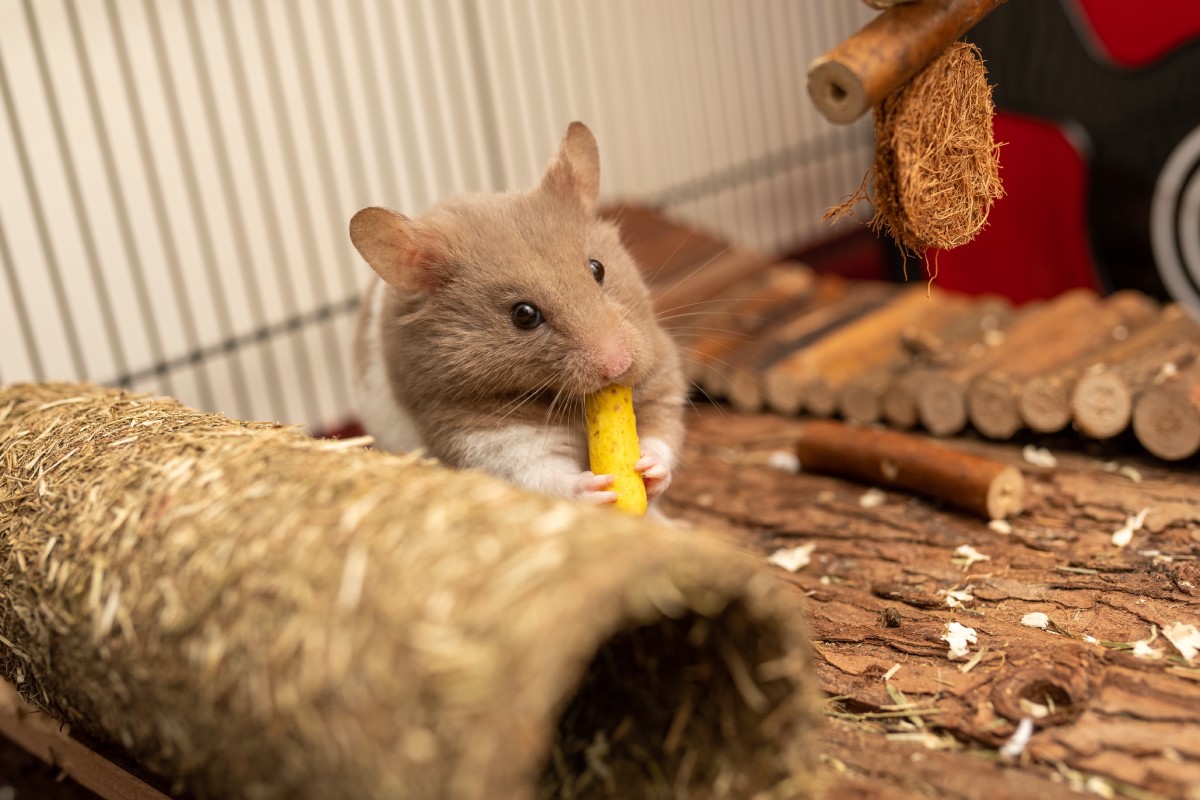
Consider Adopting Instead of Buying
One of the best ways to choose a pet sustainably is to consider adoption. Animal shelters and rescue groups are brimming with pets of all types, breeds, and ages who need loving homes. By adopting, you’re not only saving a life but also reducing demand for breeding that can often be unethical and environmentally damaging.
Adoption also combats the issue of ‘overpopulation’ of pets, especially in the case of cats and dogs. By giving a home to an existing animal instead of bringing a new one into the world, you’re helping to address this issue in a meaningful way.
Choosing Low-Impact Pets
While all pets have some level of environmental impact, some pets are decidedly more low-impact than others. For example, smaller animals generally have a lower environmental footprint than larger ones. A rabbit or guinea pig, for example, requires fewer resources for food and care than a large dog.
Similarly, some types of pets simply require less in terms of resources. For instance, a fish tank filled with local, non-exotic fish species can have a much lower impact compared to an exotic bird imported from a far-off location, as the latter contributes to issues like wildlife trafficking and loss of biodiversity.
Size and Number of Pets
The size and number of pets you choose to keep can significantly affect your environmental footprint. Larger pets, such as big dog breeds, typically eat more, produce more waste, and require more resources overall. If you’re aiming for sustainable pet ownership, consider smaller breeds or species that require fewer resources.
The number of pets you keep also plays a role. Multiple pets mean multiplied impact. If you have several pets, the cumulative demand for food, toys, and other supplies can add up quickly. So, consider your capacity to care for multiple pets in an eco-friendly manner before deciding to add to your furry family.
In the end, the choice of pet should always be balanced with a realistic assessment of what you can provide. Eco-friendly pet care is about being mindful of your impact on the environment while still ensuring a happy, healthy life for your pet. By choosing your pet sustainably, you’re starting off on the right paw. It’s the first step in a journey that’s rewarding for both you and your new pet, and beneficial for our planet.
Sustainable Pet Food Options
The choice of your pet’s food plays a pivotal role in the overall environmental impact of your pet care. There’s a growing number of sustainable pet food options, but it’s essential to understand what makes a pet food choice eco-friendly and how to decipher labels and ingredients. In some cases, homemade pet food may even be a sustainable choice.
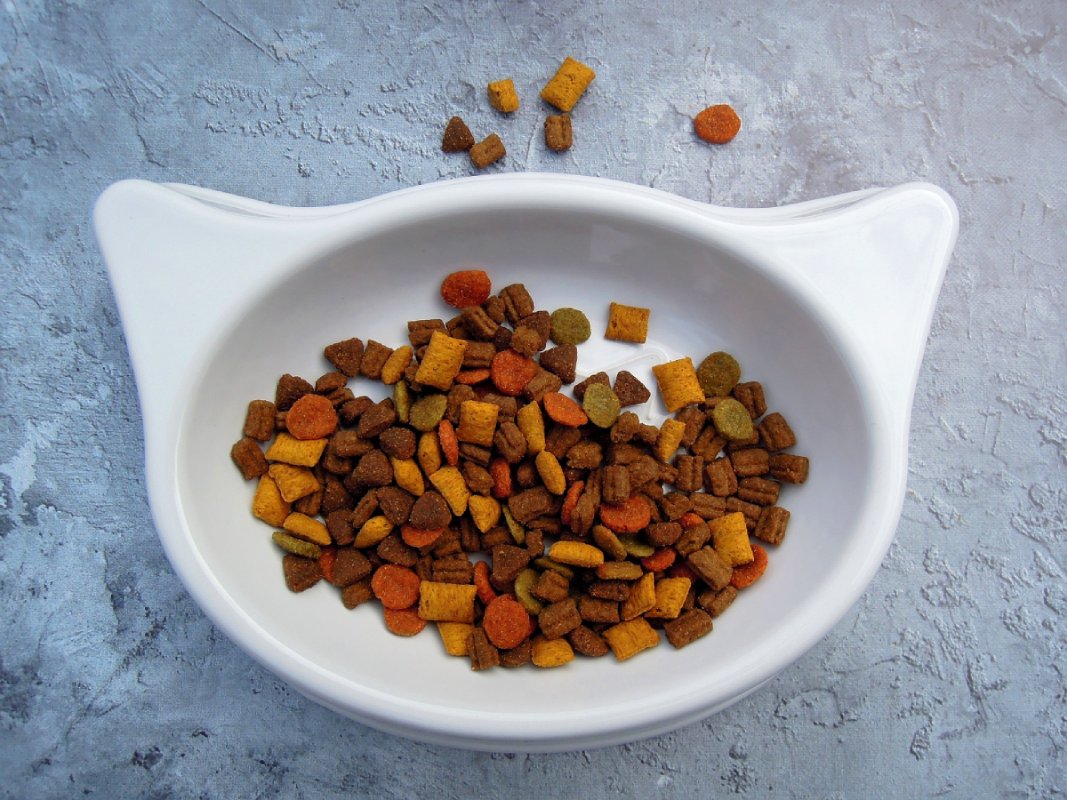
Choosing Eco-Friendly Pet Food Brands
Sustainable pet food brands go beyond providing nutrition for your pets. They consider the environmental impact of their entire supply chain. Look for brands that source ingredients responsibly, with an emphasis on organic, locally sourced, or free-range ingredients. Some companies also prioritize sustainable packaging solutions, such as recyclable or biodegradable packaging.
Companies that highlight their sustainability efforts usually provide this information on their websites. Researching before purchasing can help you make informed decisions about the brands you choose to support.
Understanding Labels and Ingredients
Understanding pet food labels and ingredients is a critical step in choosing sustainable pet food. A long list of ingredients, including chemicals and fillers, can indicate a highly processed food that may be less eco-friendly.
Look for foods that feature whole, recognisable ingredients. Foods that use meat or fish should ideally source these responsibly. For instance, seafood should be sustainably caught, and meat should be sourced from farms using humane and environmentally conscious practices.
You should also be wary of ‘greenwashing’ - some brands may use vague terms like ‘natural’ or ‘eco-friendly’ without any substantial actions to back up these claims.
Home-Made Pet Food: A Sustainable Choice?
Home-made pet food can be a sustainable choice, but it’s not without challenges. Making your pet’s food allows you to control the ingredients, making choices that align with your values regarding sustainability, organic farming, and animal welfare.
However, it’s essential to ensure that home-made diets meet all your pet’s nutritional needs. Before deciding to make your pet’s food, consult with a vet or a pet nutrition expert to ensure that your pet will get a balanced diet.
Moreover, consider the environmental footprint of your kitchen operations. Energy use, water use, and food waste all come into play. The benefits of making pet food at home can quickly be negated if it results in high energy use or substantial food waste.
Overall, providing your pet with sustainable food options is a balancing act. You want to find a food that your pet enjoys and that meets their nutritional needs, but also aligns with your values and desire to live more sustainably. With research, attention to labels and ingredients, and potentially some help from your vet or a pet nutrition expert, you can find a solution that’s good for your pet and the planet.
Eco-Friendly Pet Supplies
When considering eco-friendly pet care, it’s crucial not to overlook the environmental impact of pet supplies. From toys to bedding and everyday accessories, your choices can make a significant difference. Thankfully, many sustainable alternatives can replace traditional pet supplies, reducing your pet’s carbon pawprint.

Choosing Sustainable Pet Toys
Pet toys often end up in landfills after their short lifespan, especially those made from non-degradable materials like plastic. When searching for sustainable pet toys, look for those made from natural materials. For instance, toys made of organic cotton, hemp, bamboo, or untreated wood are safer for the environment and often for your pet as well.
Some eco-friendly companies go further, offering toys made from recycled materials or ensuring their products are biodegradable. Also, consider the lifespan of the toy – a more durable toy may be a more sustainable choice, even if it requires a more significant initial investment.
Eco-Friendly Pet Bedding
Similar to pet toys, pet bedding can also have an environmental impact. Many pet beds are made with synthetic materials that are not biodegradable and can be harmful to the environment when discarded.
Eco-friendly pet bedding options are available and often made from natural, organic, or recycled materials. Look for beds made with organic cotton, hemp, or recycled polyester fill. Some brands even offer beds made with stuffing created from recycled plastic bottles.
Sustainability can also be found in the lifespan of the bed. Choosing a high-quality bed that lasts longer can be more environmentally friendly than regularly replacing a cheaper one. Additionally, consider options with replaceable covers to prolong the bed’s life.
Alternatives to Plastic Accessories
Many pet accessories – like food and water bowls, litter boxes, and leashes – are commonly made from plastic due to its affordability and convenience. However, plastic production contributes to pollution and climate change, and plastic items can take hundreds of years to decompose.
Consider alternatives like stainless steel, bamboo, or ceramic pet bowls and litter boxes. These materials are typically more durable than plastic and have less environmental impact. For leashes and collars, consider those made from hemp or recycled materials.
Remember that the most sustainable option might be what you already own. Before purchasing new items, see if you can repurpose something you already have or check second-hand stores.
In conclusion, sustainable pet supplies are not only possible; they are increasingly available and affordable. By considering the materials, lifespan, and disposal of pet toys, bedding, and accessories, pet owners can significantly reduce their pets’ environmental impact. Through our consumer choices, we can support companies that prioritize sustainability and inspire others to do the same.
Natural Pet Grooming
Pet grooming is an essential aspect of pet care, impacting not only the well-being of our pets but also the environment. Shampoos, conditioners, and other grooming products can contain harmful chemicals that, when washed down the drain, can negatively affect the environment. Moreover, grooming practices can also lead to significant water usage. Thankfully, there are many natural and eco-friendly grooming solutions available to pet owners.
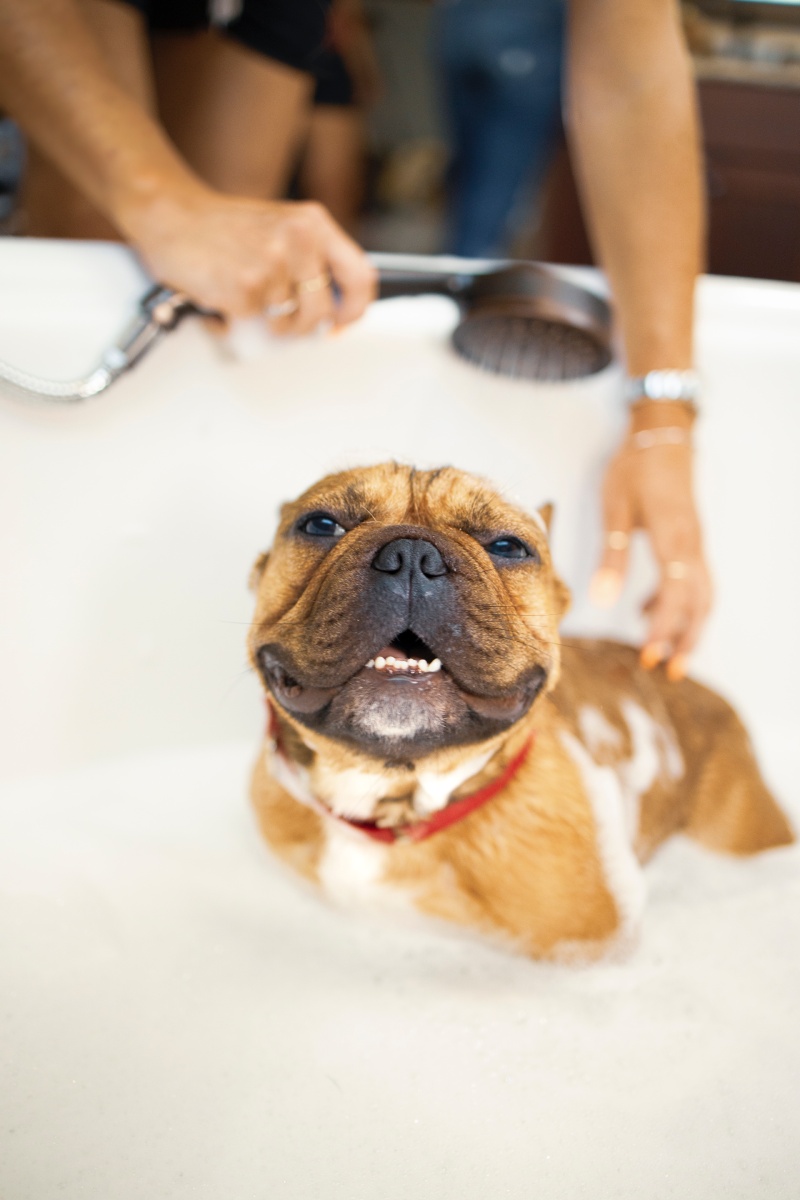
Eco-Friendly Shampoos and Products
Many conventional pet shampoos contain sulfates, artificial fragrances, and other chemicals that can harm both your pet and the environment. By switching to eco-friendly grooming products, you can significantly reduce these negative impacts. Look for shampoos and conditioners that are free of harsh chemicals, biodegradable, and packaged in recyclable or compostable materials.
Organic, vegan, and cruelty-free labels can also be good indicators of eco-friendly products. However, it’s always crucial to read the ingredient list to ensure the product is as natural as it claims to be.
Reducing Water Use During Bath Time
Water conservation is a key aspect of sustainable living, and it’s no different when it comes to pet care. You can reduce water usage during your pet’s bath time in several ways. For instance, wet your pet, then turn off the water as you lather shampoo. Turn it back on when you’re ready to rinse.
Consider using a low-flow showerhead designed for pet bathing. These tools can efficiently clean your pet while minimizing water usage.
Another option is to use waterless pet shampoos or wipes for light cleaning between baths. These can effectively clean your pet without the need for rinsing, reducing water usage.
DIY Natural Pet Grooming Solutions
If you’re up for a bit of DIY, you can create your own natural pet grooming solutions at home. Not only can this be more eco-friendly, but it can also save you money in the long run.
For instance, you can make a simple pet shampoo with natural ingredients like aloe vera, vegetable glycerin, and essential oils. Be sure to research which essential oils are safe for your particular type of pet, as some can be harmful.
For dental health, consider making a homemade toothpaste using natural ingredients like coconut oil and turmeric.
While DIY options can be great, it’s essential to ensure they are safe and suitable for your pet. Consult with your vet if you’re unsure.
In conclusion, natural pet grooming doesn’t have to be complicated or expensive. With a little research and perhaps some DIY, you can take care of your pet in a way that’s good for their health and the planet’s.
Green Pet Waste Management
Managing pet waste is a significant part of pet care, and it also has substantial environmental implications. Traditional methods of waste disposal often involve plastic bags and non-biodegradable litter, contributing to plastic pollution and landfill waste. Fortunately, there are numerous greener alternatives that can help pet owners reduce their environmental footprint.

Compostable Poop Bags
Traditional plastic poop bags can take hundreds of years to decompose, and they contribute to the massive plastic waste problem plaguing our planet. One of the most straightforward changes you can make in your pet care routine is to switch to compostable poop bags.
These bags, typically made from plant materials like cornstarch, decompose much faster than their plastic counterparts. They turn into compost within a few months under the right composting conditions, leaving no trace behind. However, it’s important to note that these bags should be composted in industrial facilities and not in your home compost pile due to potential pathogens in pet waste.
Sustainable Cat Litter Options
Traditional clay-based cat litter presents several environmental issues. The mining of clay is destructive to the environment, and the litter is not biodegradable.
Eco-friendly cat litter options are gaining popularity as a greener alternative. Recycled paper, wood, or even coconut husk can be used to create biodegradable and compostable cat litter. These materials are often more sustainable as they utilize waste or renewable resources.
However, if you decide to compost used cat litter, remember it should never be used on edible plants due to the risk of transmitting disease. Also, it’s best to check with your local composting facility to see if they accept pet waste.
Composting Pet Waste
Composting pet waste might seem unappealing to some, but it can be a great way to turn waste into useful soil nutrients. It’s crucial to note that composting pet waste should be done carefully to kill potential pathogens. Pet waste composting should be done in a designated pet waste composter, separate from your regular compost pile.
There are various pet waste composters available for purchase, or you could build your own. The resulting compost should only be used on ornamental plants and not on plants you intend to eat.
Alternatively, pet waste worm farms (also known as vermicomposting) are another eco-friendly way to manage pet waste. The worms eat the waste, and the resulting worm castings are a rich, pathogen-free compost.
In summary, green pet waste management involves making conscientious choices about the products we use and how we dispose of pet waste. These choices can greatly reduce the environmental impact of pet ownership, aligning our love for our pets with our love for the planet.
Reducing Your Pet’s Carbon Pawprint
While pet ownership brings many joys, it also carries a significant environmental impact. Much like humans, our pets leave a “carbon pawprint” behind, a term that represents their carbon emissions and overall impact on the environment. Here, we’ll discuss some of the ways pet owners can reduce these emissions, making pet care more eco-friendly.
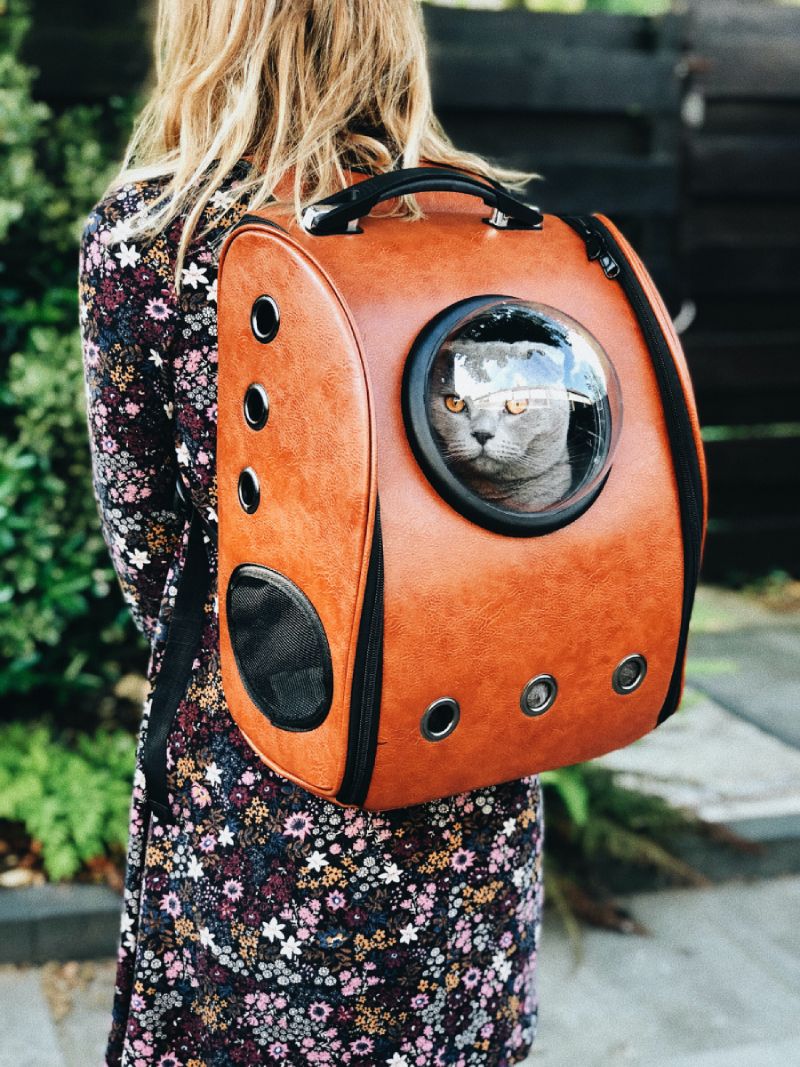
Regular Vet Checkups to Avoid Overuse of Medications
Ensuring your pet stays healthy is not only good for them but also for the environment. Regular veterinary checkups can help prevent health issues, reducing the need for medication and treatment that could contribute to environmental pollution.
Overusing and improperly disposing of pet medications can lead to traces of these drugs entering the water supply, potentially impacting wildlife and ecosystems. Regular vet visits can help you use medications responsibly, treating your pet’s conditions more effectively, and preventing unnecessary drug use. Remember to always dispose of pet medications correctly, following guidelines from your vet or local waste disposal service.
Eco-Friendly Transportation Options for Pets
Much like human travel, pet transportation can contribute significantly to greenhouse gas emissions. Reducing these emissions can start with choosing eco-friendly options for moving around with your pets.
Whenever possible, opt for walking or cycling with your pet rather than driving. For longer distances, consider public transportation if it’s pet-friendly, or choose carpooling options when traveling with pets to common destinations like pet parks or vet clinics. If you do need to use a car, consider a hybrid or electric vehicle to further reduce emissions.
Limiting Overpopulation Through Neutering
Pet overpopulation is a significant issue that contributes to environmental degradation. More pets mean more resources are used for their care, and stray or unwanted pets often end up in shelters or in the wild, where they can disrupt local ecosystems.
Neutering is a responsible choice that helps limit overpopulation. By neutering your pets, you prevent unwanted litters, reducing the strain on animal shelters and the resources used to care for these additional animals. Moreover, neutered pets are often healthier and show fewer behavioral issues, which can further reduce their environmental impact.
Reducing your pet’s carbon pawprint isn’t just about the big things. Small, everyday actions can add up, creating a meaningful impact on the environment over time. By taking steps like regular vet checkups, using eco-friendly transportation options, and limiting pet overpopulation through neutering, you contribute to a more sustainable future for everyone, pets included.
Educating Others About Eco-Friendly Pet Care
Having adopted a more sustainable approach to pet care, it’s essential to share this knowledge with others. One person can make a difference, but a community of informed pet owners can have a much larger impact. From everyday conversations with other pet owners to advocating for more sustainable products in local stores, your influence can significantly shape the future of pet care.
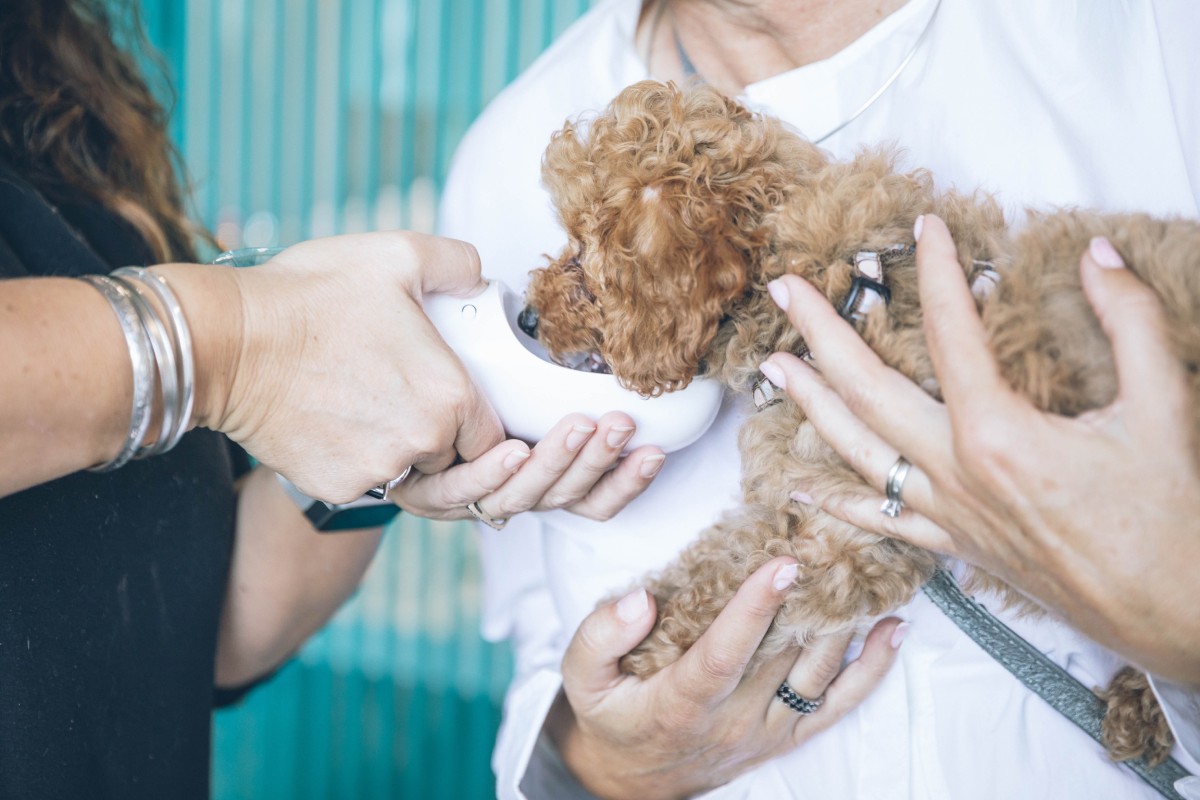
Sharing Your Practices with Other Pet Owners
As a pet owner practicing eco-friendly habits, you possess firsthand knowledge about transitioning to and maintaining sustainable pet care. Share this experience with other pet owners in your community. This could be as simple as recommending a sustainable brand of pet food to a fellow dog walker or offering advice on using biodegradable poop bags at your local dog park.
Don’t underestimate the power of casual conversation. Over time, these exchanges of information can help foster a culture of environmental responsibility within your local pet-owning community.
Advocating for Sustainable Pet Care Products in Local Stores
To practice sustainable pet care, having access to eco-friendly products is essential. If your local pet store doesn’t carry such items, consider speaking to the management about expanding their range to include more sustainable options. By expressing your interest in these products, you show there’s a demand for them, which might encourage stores to stock more environmentally friendly options.
If the stores see the value and demand for such products, they’re more likely to carry them, making eco-friendly pet care more accessible to a larger number of people.
Social Media Advocacy
In today’s digital age, social media is a powerful tool for spreading awareness. As an advocate for eco-friendly pet care, you can use your social media platforms to share information, tips, and personal experiences related to sustainable pet care.
This might involve posting pictures of your pet with their eco-friendly toys or food, sharing articles on the environmental impact of traditional pet care practices, or recommending brands that produce sustainable pet products. Remember, though, that the key to effective advocacy is to be genuine and consistent. Share your real experiences and promote practices and products you truly believe in.
Each of us has a role to play in promoting more sustainable pet care practices. By sharing our practices with other pet owners, advocating for sustainable products in local stores, and using our social media platforms to spread awareness, we can help create a more environmentally friendly future for our pets. The journey to eco-friendly pet care isn’t a solo endeavor—it’s a community effort. Together, we can make a significant difference.
Challenges in Eco-Friendly Pet Care and How to Overcome Them
Transitioning to an eco-friendly pet care routine is a commendable act, but it is not without its challenges. Striking a balance between meeting your pet’s needs and achieving sustainability goals can sometimes be complex. In a market where non-sustainable products dominate, it can also be difficult to find eco-friendly options. Furthermore, encouraging local pet care providers to adopt green practices may also present hurdles. In this section, we’ll discuss these challenges and suggest some strategies to overcome them.
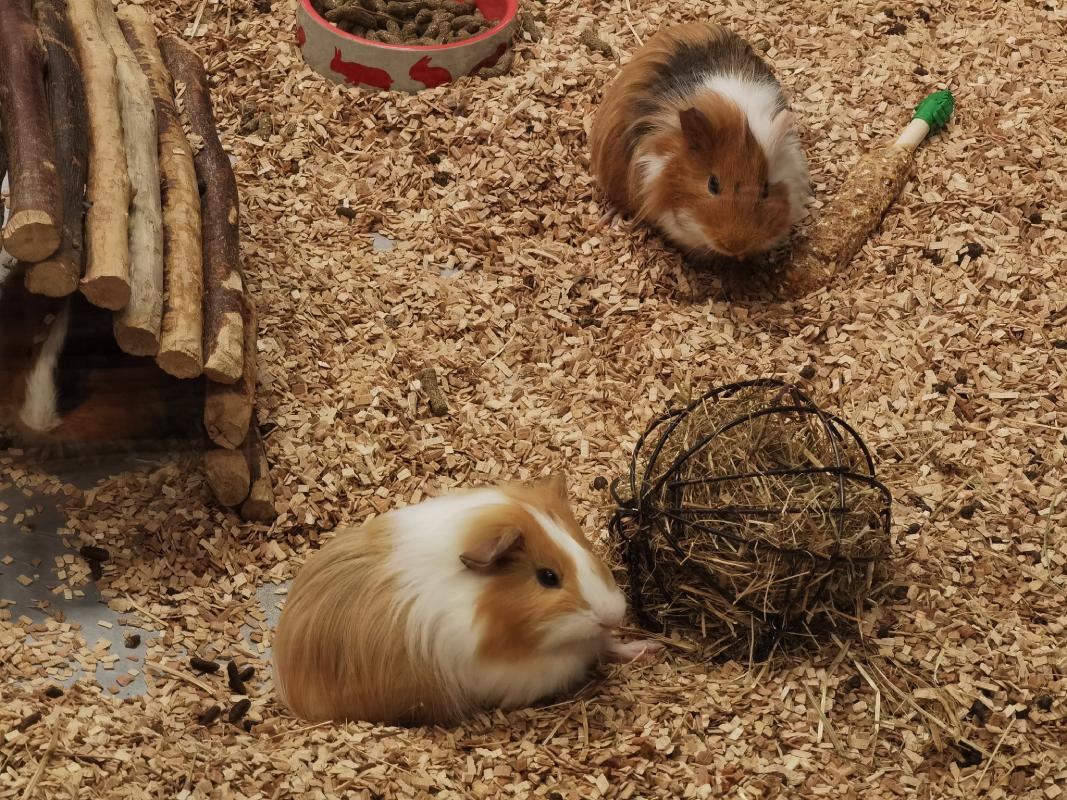
Balancing Pet Needs with Sustainability Goals
First and foremost, our pets’ health and wellbeing must be our priority. However, ensuring that we meet their needs while still striving for sustainability can sometimes be a delicate balancing act. For instance, while homemade pet food can be a more sustainable choice, it’s crucial to ensure that it meets all the nutritional requirements of your pet.
In this regard, consulting with a veterinarian or a pet nutrition expert is an invaluable step. They can guide you on how to provide a diet that is both nutritionally complete and environmentally friendly. Remember, compromise on sustainability is occasionally necessary for the health of your pet, and that’s okay. The goal is to be as sustainable as possible within the boundaries of what is safe and healthy for your pets.
Navigating a Market Dominated by Non-Sustainable Products
Non-sustainable pet care products tend to dominate the market, making it difficult to find eco-friendly alternatives. However, as consumers, we have the power to influence the market with our purchasing decisions. Consider shopping at stores that value sustainability or buying from small businesses that prioritize eco-friendly practices. Online marketplaces also offer a wide variety of sustainable pet care products.
Furthermore, making a conscious choice to buy less and choose quality over quantity can also have a significant impact. For instance, opting for a durable eco-friendly pet toy instead of several non-sustainable ones reduces both consumption and waste.
Encouraging Local Pet Care Providers to Go Green
It can be challenging to find local pet care providers, like groomers and boarders, who follow sustainable practices. However, don’t underestimate your influence as a customer. Express your desire for more eco-friendly options, and encourage them to incorporate green practices into their businesses.
If they see a demand from their clients, they may be more inclined to make a change. You can also offer to help them find sustainable alternatives to their current practices, providing a win-win solution.
Facing and overcoming these challenges may seem like a daunting task, but every small step you take is significant. Remember, the journey to sustainable pet care is not a race, but a gradual process. Every choice you make towards a more sustainable lifestyle makes a difference and brings us closer to a greener, more conscious world of pet care.
Conclusion
We have traversed a fascinating journey through the world of eco-friendly pet care, revealing the significance of this concept and providing practical steps to incorporate sustainability into our pet care routines. In this final section, let’s recap what we’ve learned, encourage our readers to embrace eco-friendly pet care practices, and provide a resounding call to action.

Recap of Eco-Friendly Pet Care Practices
We started with the basics: understanding what eco-friendly pet care is and why it matters. We then moved on to explore sustainable choices from the very beginning—when choosing a pet. The focus shifted to sustainable pet food options, understanding labels and ingredients, and evaluating the potential of homemade pet food.
Navigating the realm of eco-friendly pet supplies, we highlighted the importance of choosing sustainable toys, bedding, and accessories. Natural pet grooming solutions were then given center stage, spotlighting eco-friendly products and water-conserving practices.
Waste management was a crucial part of the discussion, where compostable poop bags and sustainable cat litter options were brought to light. We also emphasized the importance of regular vet checkups, eco-friendly transportation for pets, and the critical role of neutering in limiting overpopulation.
The task of educating others and advocating for eco-friendly pet care practices in local stores and social media was considered. Lastly, we discussed the challenges faced during this transition and ways to overcome them.
Encouragement for Readers to Adopt Eco-Friendly Pet Care
Having a pet is a fulfilling experience, and we all desire to provide the best care for our furry friends. Incorporating eco-friendly practices into our pet care routine does not only ensure that we’re caring for our pets but also taking care of our planet. The steps provided in this guide may seem challenging to adopt all at once, but remember that every small change counts. Be patient with yourself, and take it one step at a time.
Call to Action: Making a Difference One Paw at a Time
In the grand scheme of things, our individual actions might seem insignificant. But if every pet owner made just one change towards a more sustainable pet care practice, imagine the collective impact we could have on our planet! It’s not just about us, but also about our furry companions and the many generations to come.
So, let’s strive to make a difference, one paw at a time. We invite you to take up the challenge and embrace the path of eco-friendly pet care. Begin with small steps like switching to compostable poop bags or buying toys made from sustainable materials. As we continue to learn and grow, so will our efforts in maintaining a sustainable lifestyle for our pets.
Remember, our journey towards eco-friendly pet care isn’t just about reducing our carbon ‘pawprint’, it’s about extending our love for our pets to the world we share with them. Let’s make this world a better place for all creatures, great and small.


